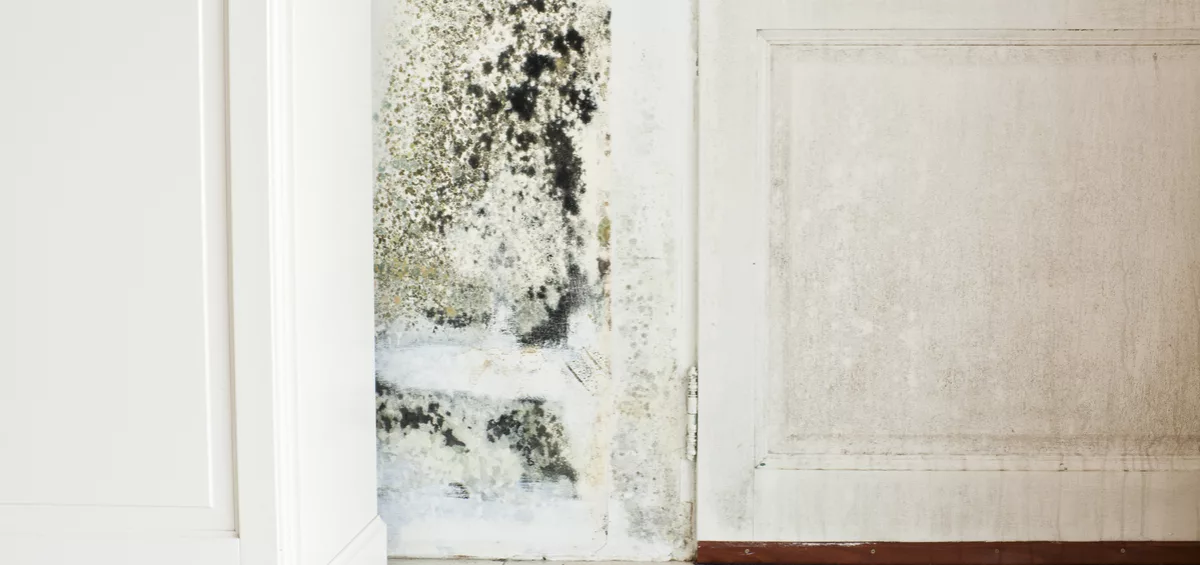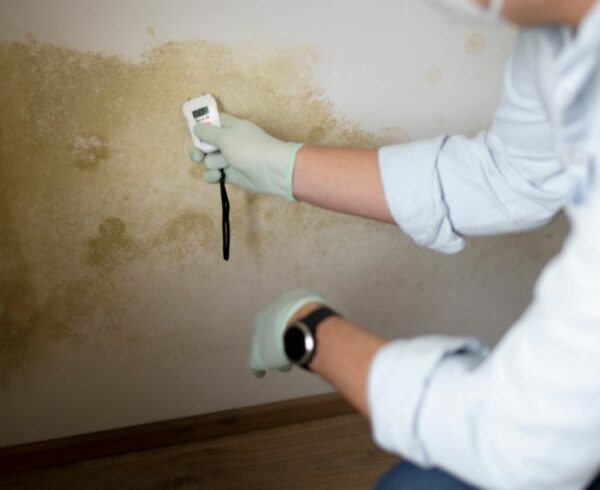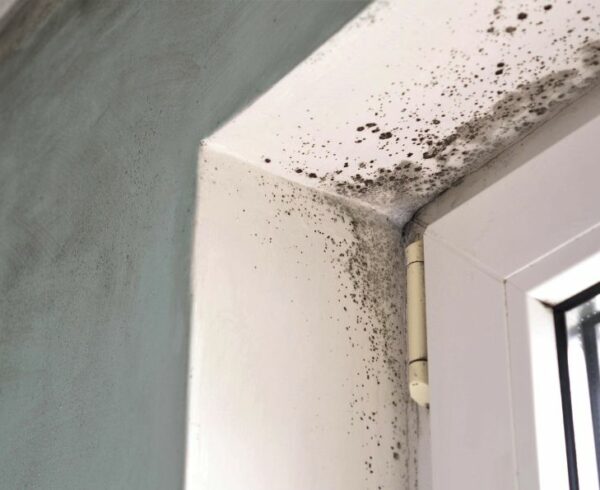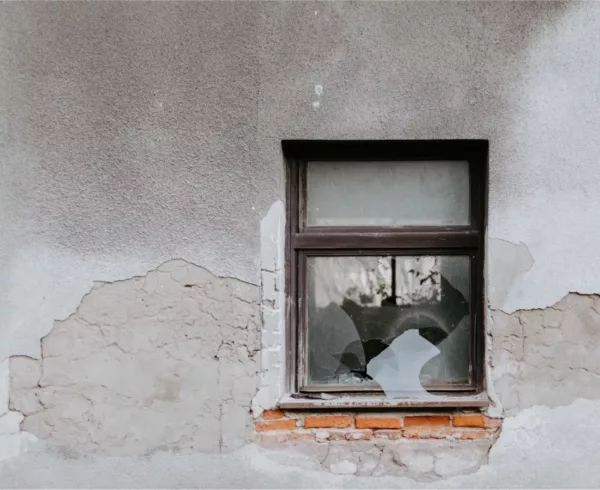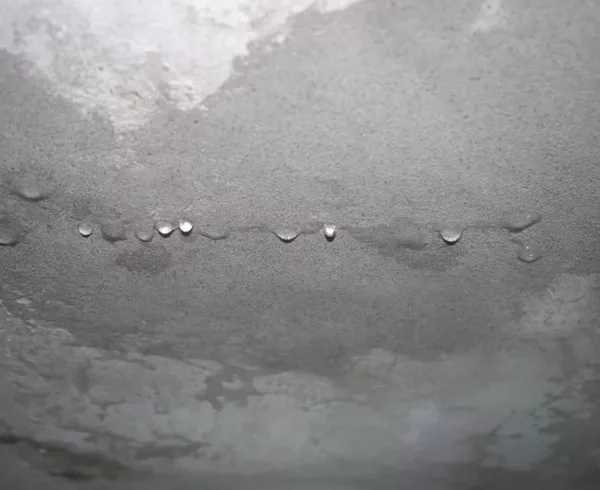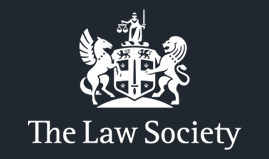Veronica was forced to live in a damp-ridden home for more than 10 years after landlord Southwark Council failed to make repairs.
The 46-year-old mother moved into a two-bedroomed, fourth-floor flat in Southwark in 2008 with her son, who was four years old at the time.
The property was in severe disrepair, with broken windows and doors, graffiti-covered walls and a cockroach infestation making it ‘barely liveable’, according to Veronica.
Several leaks both inside and outside the property and severe damp were also among the issues. But, despite numerous complaints over the course of more than a decade, Southwark Council failed to solve the disrepairs, forcing Veronica to attempt to treat the damp herself.
Veronica, whose 16-year-old son suffers from asthma, said: “As soon as we moved in, it was clear that the flat was barely liveable. There was also a major damp issue that was made worse by the broken windows – as my son, who was just four years old at the time, has asthma, I tried to treat the damp myself by using anti-mould sprays but nothing worked.
“I continued to complain to Southwark Council, but nothing was done and we had to live in these awful conditions for a long time.
“I couldn’t believe the state of the flat when we arrived – wallpaper was coming away from the walls because of the damp, there was a cockroach infestation and there was fire damage that had been previously caused by squatters.”
Veronica instructed CEL Solicitors’ housing disrepair team to take action, with the case settling in May and Southwark Council paying Veronica £2,000 in compensation and agreeing to fix the disrepair issues.
However, after the first settlement, Veronica was let down once again by Southwark Council when the local authority failed to make the necessary repairs within the agreed timeframe.
A similar case – also involving Southwark Council – resulted in a mother and child being awarded £1,500 after waiting for damp and mould repairs for 4 years.
She added: “CEL was so helpful in helping to settle my claim. From the beginning, the team were always available to answer any questions I had and would keep me in the loop of any updates on my case, no matter how small.”
Our housing disrepair team went to court once again in August 2020 and earned a further £1,000 in compensation for Veronica.
After 12 years of waiting, Veronica is finally beginning to have hope that her flat will become a home for her and her son.
The disrepair issues at Veronica’s home fall under the Homes (Fitness for Human Habitation) Act 2018, which came into full force in March 2020, creating a legal obligation for both social and private landlords to ensure their properties are safe, healthy and free from hazard.
Amy Tagoe, housing disrepair specialist and director at CEL Solicitors, said: “We always advise clients to contact their landlord about disrepairs in the first instance. But, many of our Southwark clients have waited years, in some cases up to a decade, for repairs that haven’t been made – these are people who feel they have no voice and have tried to get answers from the council before even considering legal action. With many people having no idea that they can bring a housing disrepair claim, I suspect many more residents are living in unfit properties.
“Unfortunately, Veronica is just one of many people who have been let down time and time again by the council, with complaints and concerns going ignored. Southwark is by far our worst offending public landlord.
“Not only did the council force Veronica and her son to live with these issues for a number of years but, even after our case was settled and repairs were agreed, no action was taken. That’s when our repairs team stepped in to ensure Southwark council was held to account once more.
“Of course, Southwark is not alone and there are housing associations and local authorities right across the country allowing their tenants – many of whom are vulnerable with severe health conditions – to live in unsafe, hazardous conditions. This should not be allowed to happen and more needs to be done to ensure that landlords – both private and public – keep their properties in a habitable condition.”


